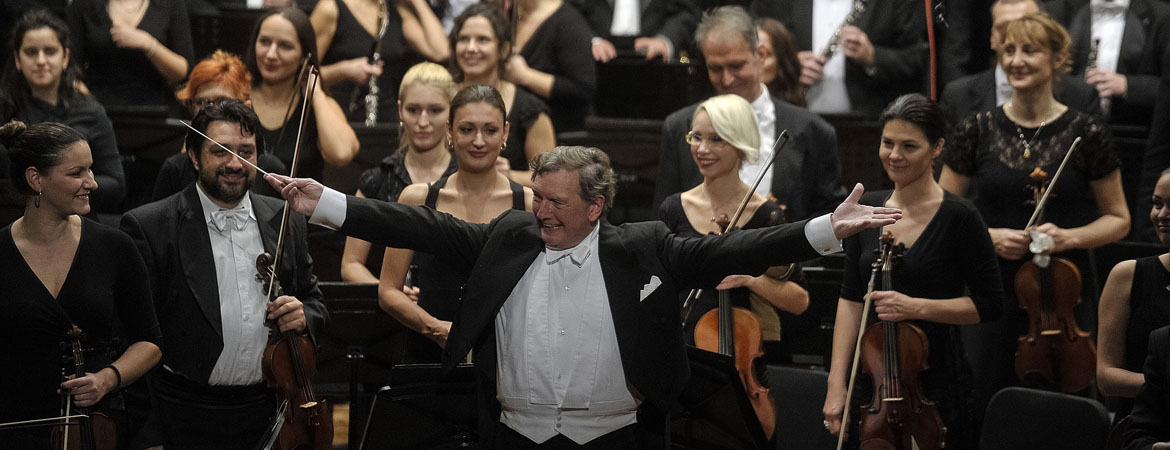
The Belgrade Philharmonic Orchestra’s concert series For Megalomaniacs resumes on Friday, 25 November, under the masterful direction of conductor Uroš Lajovic. The orchestra will be joined by the Vienna Brahms Trio for the performance of Beethoven’s Triple Concerto, while the classical programme with a megalomaniac touch also includes the Grosse Fuge by the same composer and Haydn’s symphony Il Distratto – his only six-movement symphonic piece.
The audience with an insatiable appetite for music will have an opportunity to enjoy multiple aspects of megalomania – the way thematic material is treated, the increased number of soloists, and the grandiose number of movements.
“Megalomania is the guiding principle of this concert, in the most beautiful sense of the phrase – the selected pieces of classical literature demonstrate its non-standard aspects. However, the most megalomaniac of all things in the concert is the concentration required from the musicians, since the music we will be playing, although very agreeable and appealing, is very demanding and requires full power of an orchestra”, said Uroš Lajovic, former Chief Conductor of the Belgrade Philharmonic Orchestra.
The Vienna Brahms Trio, made up of three strong personalities – Boris Kuschnir (violin), Orfeo Mandozzi (violoncello) and Jasminka Stančul (piano), will perform the Triple Concerto, written by Beethoven while still a young, but almost completely deaf man. Although his condition made him very depressed, the piece is void of gloomy and melancholic episodes. It is ideal for the Trio that distinguishes itself for its “Viennese Charm”, as well as its impeccable, lively music-making.
The classical megalomania will be wrapped up by Haydn’s music for the theatre play Il Distratto. Since the main character is a forgetful, distracted man, Haydn shaped this piece of scene music into a slightly chaotic and very humorously disorganised six-movement cycle. The charm of the BPO musicians, with energetic Lajovic at the helm, will be most visible in the sound twists, such as the “belated instrument tuning” and the playing of “wrong” tones, which are then “corrected” by the conductor.






